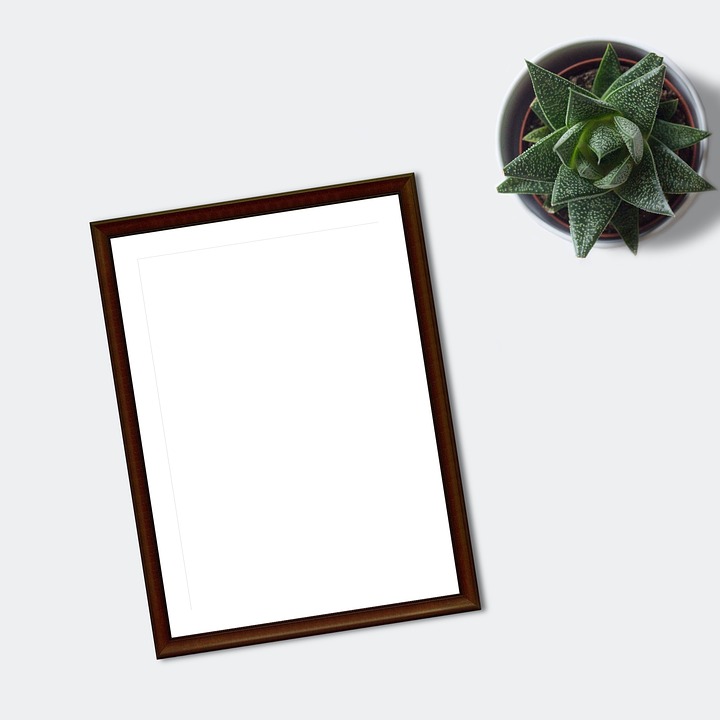Beginner’s Guide to Coding a Website
In today’s digital world, having a website is essential for any individual or business looking to establish an online presence. Whether you want to showcase your portfolio, sell products, or provide information, coding a website can seem like a daunting task for beginners. However, with the right approach and some basic knowledge, anyone can learn how to code a website. In this beginner’s guide, we will walk you through the process of coding a website step by step.
1. Plan Your Website
Before diving into coding, it’s crucial to plan your website. Start by determining the purpose of your website and the target audience. This will help you make informed decisions regarding the design, content, and functionality of your site. Create a sitemap, which is a visual representation of the pages you want to include and how they will be interconnected. Sketching wireframes or mockups of your website’s layout can also be helpful in visualizing the final product.
2. Choose the Right Tools
To code a website, you’ll need the right tools. Here are some essential tools to get started:
– Text Editor: A text editor is where you will write your website’s code. Popular options include Sublime Text, Atom, or Visual Studio Code.
– Web Browser: You’ll need a web browser to preview your website as you code. Chrome, Firefox, or Safari are commonly used browsers.
– HTML and CSS: HTML (Hypertext Markup Language) is the standard markup language for creating web pages, while CSS (Cascading Style Sheets) is used to style and format the HTML elements. Familiarize yourself with the basics of HTML and CSS before moving forward.
3. Learn HTML Basics
HTML is the foundation of any website. It defines the structure and content of web pages. Start by learning the basic HTML tags such as,,,
(heading),
(paragraph), (anchor), and ![]() (image). These tags will help you create the structure and content of your web pages. Don’t worry if it seems overwhelming at first; practice makes perfect.
(image). These tags will help you create the structure and content of your web pages. Don’t worry if it seems overwhelming at first; practice makes perfect.
4. Understand CSS Styling
CSS is used to style and format HTML elements. Learning CSS will enable you to make your website visually appealing. Begin with understanding selectors, which allow you to target specific HTML elements. Experiment with properties like color, font-size, margin, padding, and background-color to style your webpage. You can also explore CSS frameworks like Bootstrap or Foundation to simplify the styling process.
5. Responsive Design
With the increasing use of mobile devices, it’s crucial to ensure your website looks good on different screen sizes. Responsive design allows your website to adapt and provide an optimal user experience regardless of the device being used. Learn about media queries and how to use them to create responsive layouts.
6. JavaScript for Interactivity
JavaScript is a programming language used to add interactivity and dynamic behavior to your website. It allows you to create pop-ups, form validation, slide shows, and more. Begin by learning the basics of JavaScript, including variables, functions, and conditions. You can also explore JavaScript libraries and frameworks like jQuery or React to simplify the coding process.
7. Test and Debug
Regularly test your website on different browsers and devices to ensure it functions as intended. Use the browser’s developer tools to debug any issues you encounter. Being diligent about testing and debugging will ensure your website is user-friendly and error-free.
8. Publish Your Website
Once you are satisfied with your website, it’s time to publish it. Choose a web hosting provider and domain name that suits your needs. FTP (File Transfer Protocol) is commonly used to upload your website files to the hosting server. Alternatively, some platforms like WordPress offer an easier way to publish your website without extensive coding knowledge.
9. Continue Learning and Improving
Coding is an ever-evolving field, and there is always something new to learn. Stay updated with the latest web development trends, techniques, and best practices. Join online communities, attend web development meetups, and explore online resources like tutorials and courses to enhance your skills.
Coding a website may seem like a complex task initially, but with patience, practice, and the right resources, anyone can master it. Remember, Rome wasn’t built in a day, and your coding skills will improve over time. So, roll up your sleeves, dive into coding, and enjoy the process of creating your very own website.




